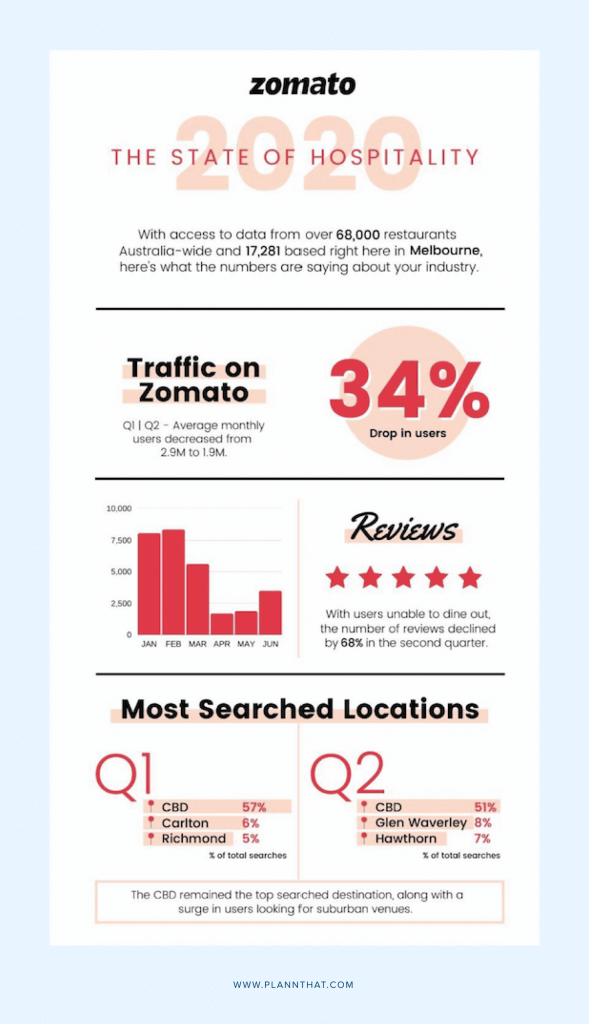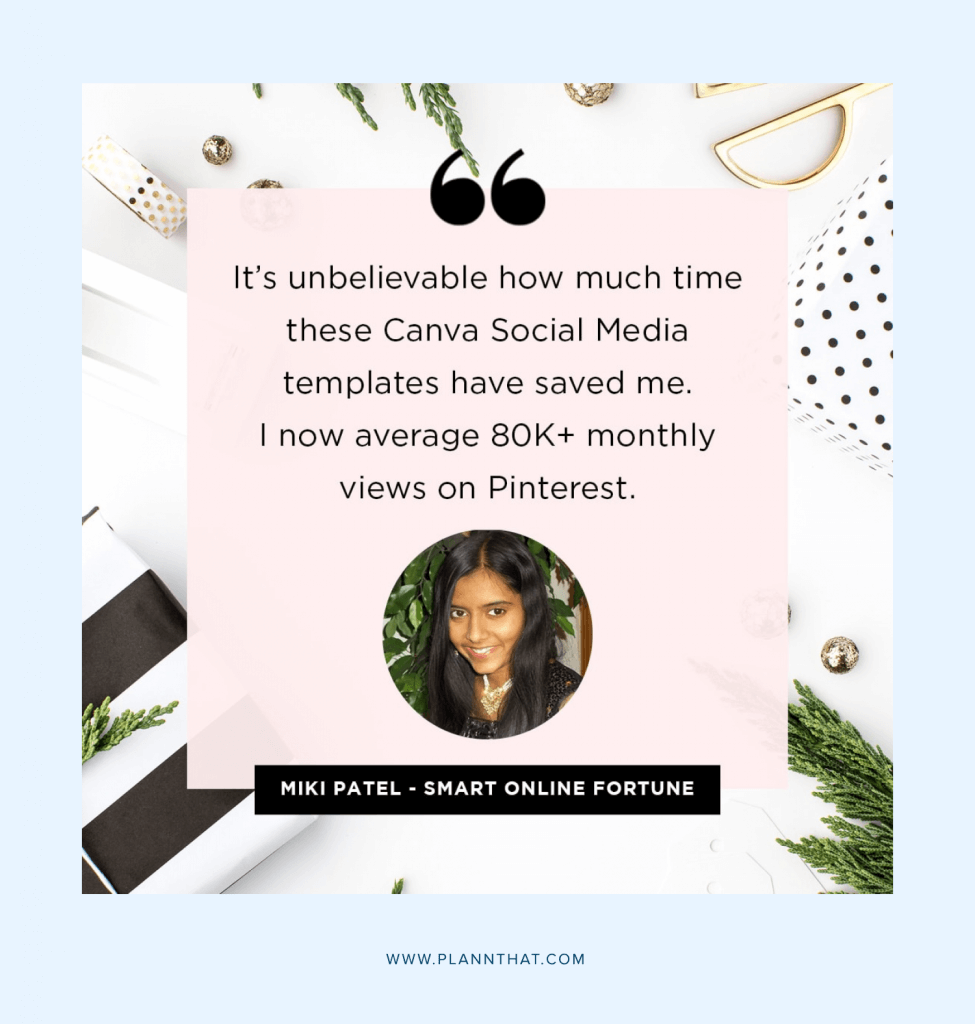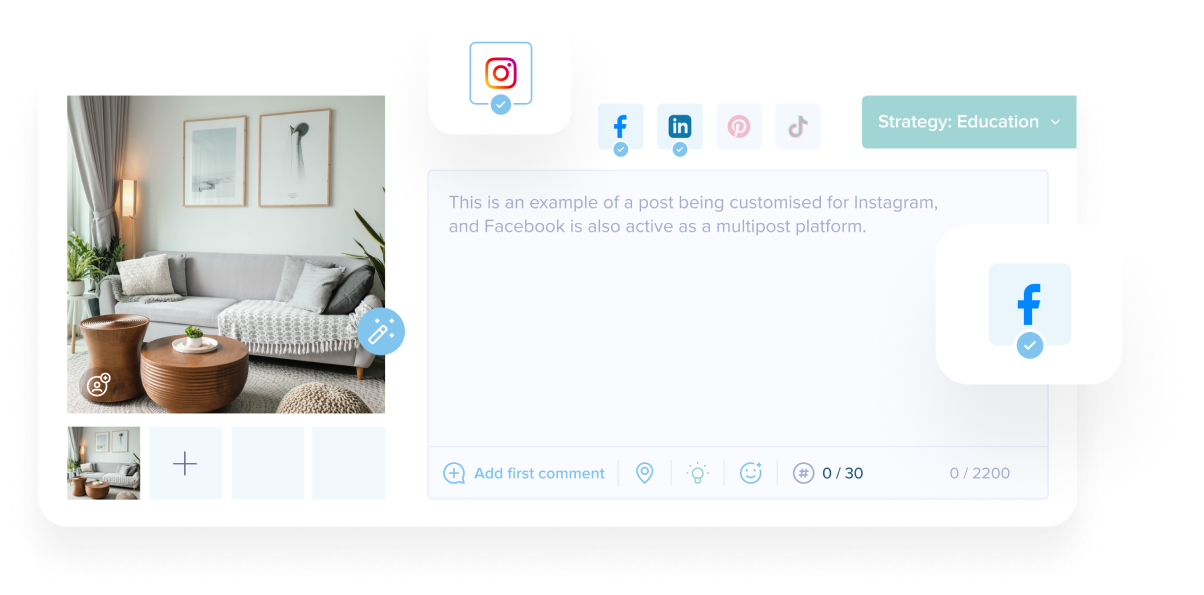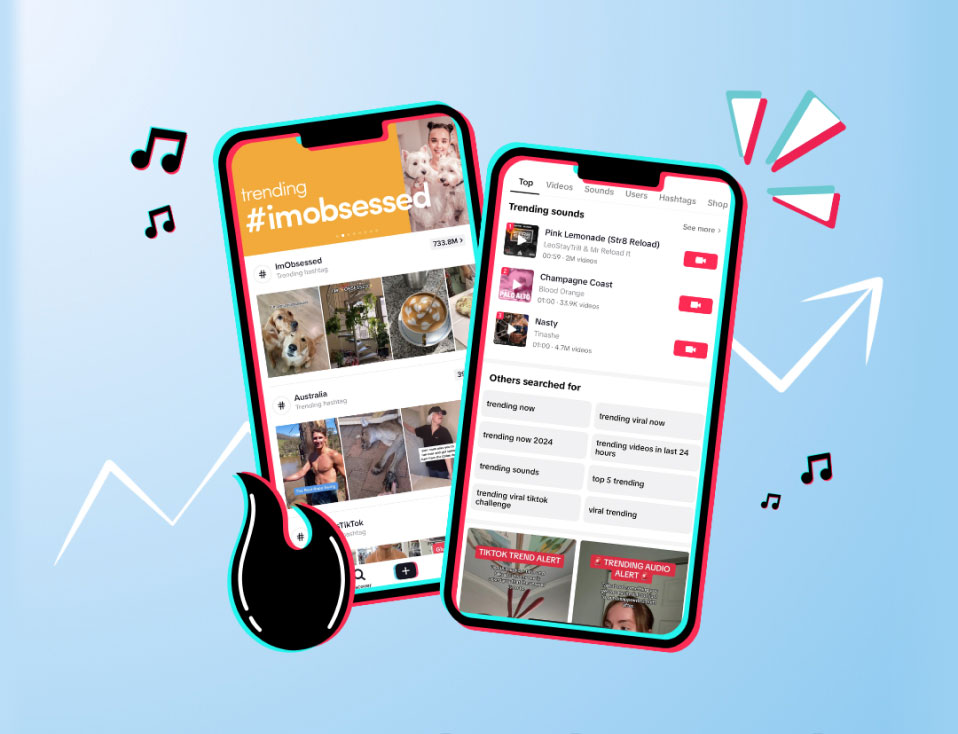Running a business is a constant juggling act. It’s chasing up invoices, racing between client meetings and fielding urgent emails — all day, every day. And for many biz owners, finding time to work on their business rather than in their business can be a challenge.
Creating a consistent online presence involves planning and preparation. It means creating regular blog content, sharing meaningful social posts and heck, even jumping in front of the camera for a live Q&A session on IG Stories. That’s a whole lotta content to be creating!
But, have you ever considered leveraging content you’ve already created? Instead of racking your brain for new ideas each and every week, repurposing your existing content is a powerful way to maximise your time and energy in resourceful ways.
So, what does it mean to repurpose content? How can you repurpose past blogs, videos and marketing material without your content seeming repetitive? And is it possible to reach new audiences with repurposed content?
Never fear Plann’rs, this blog has you covered! Discover 21 expert tips to effectively repurpose content like a pro and supercharge your content marketing success.
What is repurposing content?
Before we jump in, let’s nail the basics. Repurposing content is all about breathing new life into old content. It’s about taking existing pieces of content (such as blogs, videos, social posts etc.) and finding creative ways to reshare this information with your audience. The act of repurposing content enables you to save time in the content creation process by leveraging existing posts and finding new ways to present this information.
Plus, repurposing content ensures your new followers get the most value from your existing content (regardless of whether you’ve shared it already or not). It’s about working smarter not harder and finding new ways to add value without having to write hundreds of blog posts or filming endless videos. Sounds good? Let’s dive into the easy ways you can get started on repurposing content today!
1. Identify your evergreen content opportunities
The first step to effectively repurposing content is to understand which content has the highest chances of long-term relevance. This means identifying your evergreen content opportunities, or content doesn’t go out of date. Start by reviewing your existing blogs, eBooks, social posts and video content to assess which content is both timeless and high-quality. This will ensure you’re spending your time repurposing content that will be valuable to your audience now and for the years to come.
2. Tap into your most popular content themes or topics
It’s time to head to Plann’s ‘results’ section and dig into your analytics! Before you start repurposing content, it’s a good idea to review your posts to ensure you identify the top-performing themes and topics. The means looking for content that generates the highest clicks, social posts with highest engagement rate and video content with the highest views. This increases your chances of repurposing content that will resonate and perform well with your existing audience.
3. Map out a plan for repurposing content

With your evergreen content and top content themes ready, it’s time to create a plan for repurposing your existing content. Create a simple content calendar that shows what posts you’ll be sharing to your different marketing channels (such as your mailing list, blog and social profiles).
By planning out your repurposed content a few weeks in advance, you’ll be able to curate posts around a specific topic to ensure you’re sharing content that’s meaningful, relevant and consistent. Plus, this will help you save time as you can plan, create and schedule these posts in advance to free up for time for you to turn your attention towards growing your business!
4. Clarify the message you want to communicate with repurposed content
This next tip is all about refining your content objectives and content strategy. While repurposing content can be an effective way to boost reach and leverage your most popular posts, it’s important to make sure this repurposed content aligns with your overall business objectives.
What key messages are you trying to communicate? Who are you trying to reach and engage with? How does this content meet the needs of your audience? Get clear and specific about what messages you’re trying to communicate and strategically repurpose content that reinforces these brand messages.
5. Turn old blogs into downloadable guides
Alright, now it’s time to start repurposing! One of the best ways to give blog posts a second life is to repurpose this valuable content into downloadable guides. Look for your top performing blog posts and find ways to reimagine this content in a more visual way as a downloaded PDF guide.
Use free graphic design software such as Canva to turn this content into visually engaging guides by adding high-quality brand or stock imagery, dynamic colours and fonts as well as infographics and stats. The best bit? You can use the same copy you’ve already created and find new ways to edit and present this information in a guide format.
6. Use past blogs as scripts for video content
Speaking of repurposing blog content, another great strategy for reimagining this content is to use this copy as a script for video content. That’s right, you can turn engaging blog posts into videos by using these posts as a starting point for interviews and conversations in a video format. This tip is fantastic for brands who are unsure about creating video content as it takes the guesswork out of what to create and film, as you already have a complete script ready to go!
Plus, the value of video content has never been greater with 80% of consumers stating they would rather watch video content than read a blog from a business.
7. Pull out meaningful stats to create helpful infographics

Your existing content includes a wealth of knowledge ready to be repurposed. In fact, many of your blog posts, email newsletters and videos probably contain meaningful stats that your audiences might have missed. So, why not turn this data into engaging visual infographics? By creating simple graphics you can share these bite-sized pieces of information with your audience easily on social media to build trust and provide value to your followers.
Not sure how to create infographics? Try using free online tools such as Visually or PikToChart.
8. Update old content with new, up-to-date information
News, updates and developments are constantly being rolled out across every industry. To help keep your audience up-to-date with the latest information, repurpose your old blogs by updating with the most relevant stats and data. Refreshing old blog posts with the most current information gives new life to old pieces of content plus demonstrates your expertise as a thought leader in your industry all at the same time.
9. Group similar blogs into downloadable guides
Crafting engaging blog content takes time and effort. After pouring so much energy into creating this content, it’s important to get the most value out of it! That’s why we love grouping together similar blogs to create downloadable guides! Not only is this an oh-so-easy way to repurpose your existing content but can also help to increase traffic to your website.
10. Turn your top performing social posts into blog posts
What are your top performing posts on social media? Whether it’s stats about an industry trend or tips about a common customer pain-point, your social media posts are a goldmine of content opportunities just waiting to be repurposed. Head to the ‘results’ tab in Plann and review which posts are performing best with your audience. Jot these posts down and use these to create a bank of potential blog topics to leverage in the weeks and months ahead.
11. Use your FAQs page to create social content
Do you receive similar questions from your customers on a regular basis? Whether you have a ‘Frequently Asked Questions’ page on your website or a list of common customer pain-points, these questions are an amazing content opportunity. Think about creative ways you can use these questions to produce engaging pieces of content to meet the needs of your followers.
Perhaps you could film a quick live video answering the top 3 questions you receive about topics relevant to your business? Could you turn your website’s FAQ page into an engaging infographic to share to your socials? What about producing a series of Instagram Stories that address and answers these FAQs? The opportunities for repurposing this content are endless!
12. Transform testimonials or reviews into social posts

Testimonials are a proven strategy for building trust and brand preference, but you already know that! In fact, the stats show that 72% of customers point to positive reviews as a key factor that increases their trust in a business. Let your customers and clients advocate for your brand in their own words by creating social posts from positive reviews or testimonials. Look at your Google or Facebook Reviews or ask past and current clients to share testimonials to start building this bank of valuable content to share and repurpose across your social channels.









